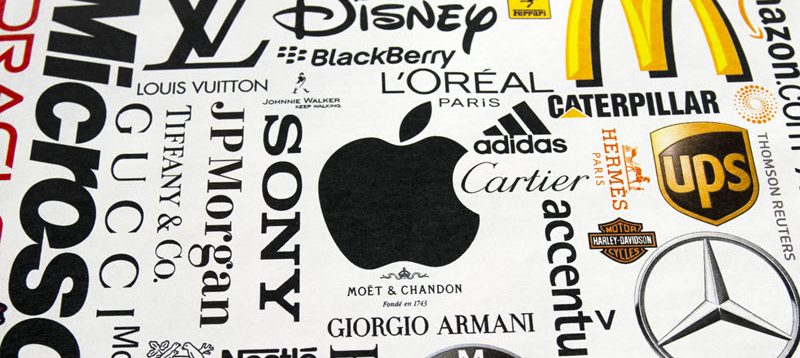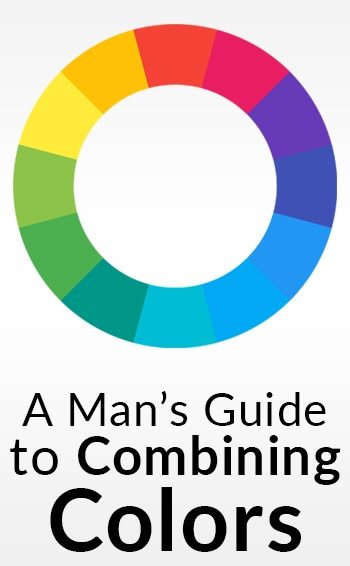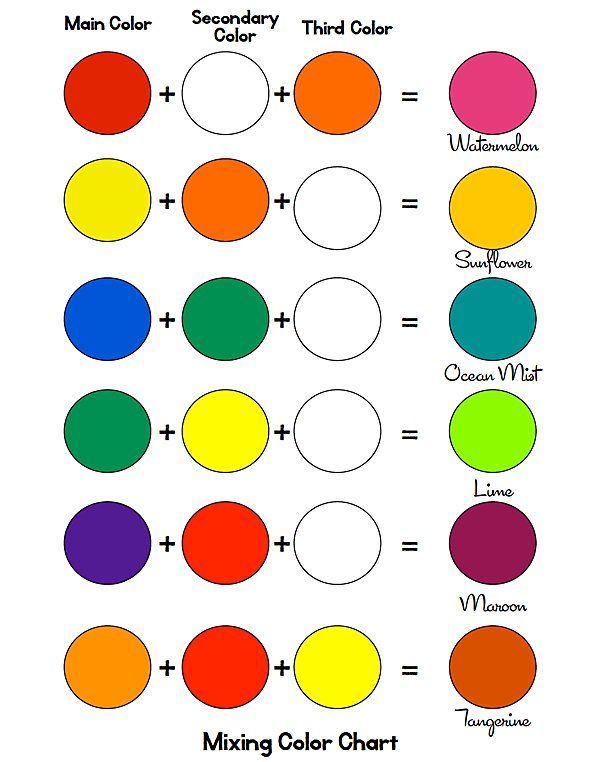A logo is the first thing that clients and customers will see from your company. It’s also one of the things they’re going to remember long after their interaction with you.
Your logo defines your brand in shape and color. It will leave a lasting impression on your clients whether they realize it or not. Choosing a logo is a crucial decision that can have a lasting effect on your image.

This article will mainly focus on the color aspect of your logo. Color theory is a well-studied science and art and an online logo generator will help you pick out colors for your logo. Ultimately the colors you choose should reflect the energy you want your company to exude.
What Should Your Logo Include?
- An image: There are so many possibilities to consider when choosing an image to support your company’s name. Basic shapes, abstract and representational images are just a few of the ideas an online logo generator can help you sort through.
- Your company name: Your logo needs to be identifiable as yours, but without your name attached to it how can people recognize that it’s your logo? The font and color of your name should also be considered.
What Do The Colors Mean?
While there are always cultural influences to color association, colors and the moods they present are very universal. Look at the list of colors below and think of companies that use a variant of that color to present a characteristic.
- Red: Red is aggressive, energetic, and bold. It evokes power and confidence and is popular in retail.
- Orange: Orange is seen as a fun and youthful color. It’s attention-grabbing and powerful like red, but also has a cheerful tone because of the inclusion of yellow. Often companies wanting to define themselves as hip will choose orange as part of their logo.
- Yellow: Bright and cheerful as a ray of sunshine, yellow also stimulates a feeling of hunger. Restaurants often use yellow, either in their logo or as design color in their dining areas.
- Green: Green is the color of living, growing things, and it’s popular with eco-conscious companies or brands who want to market newness and freshness.
- Blue: Blue is a perennial favorite because of its calming effect. People look at blue as a symbol of security, authority, and reassurance. Insurances, medical groups, even government entities use blue in businesses and logos.
- Purple: Majestic and stately, purple combines the confidence of red and the tranquil of blue. Purple can evoke mystery, royalty, and creativity. You’ll often see purple in the brands of luxury products and the arts.
- Pink: Traditionally a feminine color for its delicacy and softness, pink is often used in products marketed to women.
- Black: Black is simple but makes a powerful statement in logos, evoking prestigious services and goods.
- White: Like a blank piece of paper, white is symbolistic of purity and innocence. It’s very effective when used in negative space.
- Brown: The color of earth reflects warmth and stability. Brown’s down-to-earth tones make it a popular choice in construction businesses.
This is by no means a comprehensive list, considering the nearly infinite combinations of the basic colors listed above.
Combining Colors:
Now that you have an idea of what colors can do to the subconscious, let’s touch on how combining these colors can also influence your logo design.
There are three basic color schemes:
- Monochromatic: using a single color or shades of color throughout the logo. It’s simple, straightforward, and is a very popular choice for many logos.
- Analogous: By using colors next to each other on the color wheel such as yellow and green or yellow and orange you can create a harmonious effect.
- Complementary, which uses two colors on opposite sides of the color wheel such as yellow and purple or orange and blue.
When it comes to the options for what colors to use in your logo design, it can be difficult to find the right combination for your brand. Armed with these color basics and an online logo generator, you’ll be well on your way to designing an unforgettable logo.


